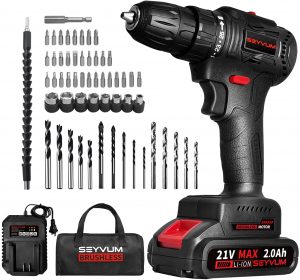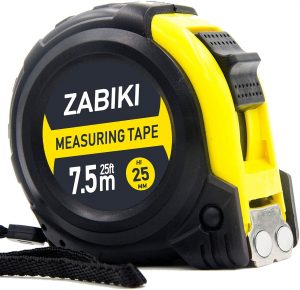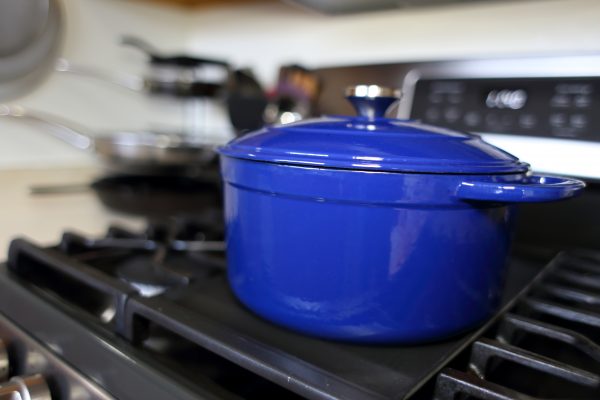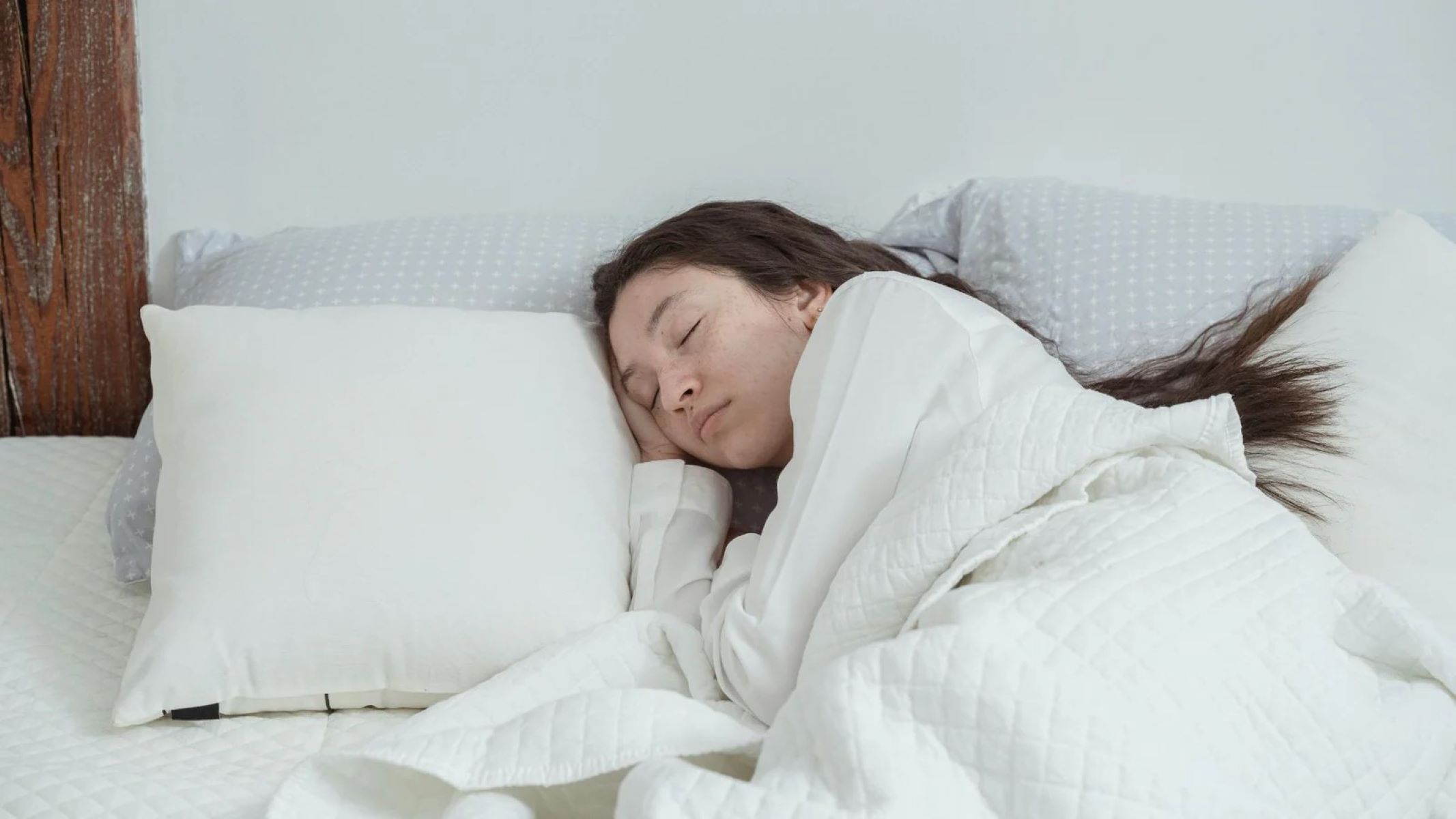Home>Interior Design>OSB vs Plywood: Choosing The Better Wood


Interior Design
OSB vs Plywood: Choosing The Better Wood
Modified: December 6, 2023
The OSB vs plywood debate has never had a clear-cut winner. Explore each type's construction, pros and cons, and uses right here!
(Many of the links in this article redirect to a specific reviewed product. Your purchase of these products through affiliate links helps to generate commission for Storables.com, at no extra cost. Learn more)
Engineered wood has opened up a host of possibilities for the everyday consumer. In the past, only expensive hardwoods were used for things such as roof sheathing and floors. But today, there are a few new options on the market. Oriented strand board (OSB) and plywood are fantastic choices for keeping building costs low and quality high. Despite this, the question of which wood is better is bound to come up in many interior design circles. So, let’s take a deep dive into the subject of OSB vs plywood.
What Is Oriented Strand Board (OSB)?
Oriented strand board, also known as OSB, is a type of sheet wood made with wood strands and resin. As such, the misinformation stating that OSB is made of discarded carvings is far from the truth. OSB is actually made out of freshly chopped trees that are either deformed or mature young. Poplars and aspens are the usual types grown for this purpose. These trees are typically either too small or too deformed to make the large, uniform sheets required by builders. For this reason, they’re put through a grinder and made into wood strands that are reshaped into planks.
Each plank of OSB is made up of layers of wood strand reinforced with resin. These materials are pressed together with heat to create a slim board shape. It’s important to note that the layers are made with alternating longitude and latitude patterns to add to the wood’s strength and durability. It’s not just a mush of wood strands. This proves to be an effective strategy to turn young, easily-renewable trees into workable sheets.
Read more: Porcelain vs Ceramic Tile: Which Is Better
Benefits and Drawbacks of OSB
Because of how it’s manufactured, OSB boasts a great number of benefits, but it also has a few drawbacks. We’ll be taking a look at both ends of the spectrum so you’re better informed about this amazing type of engineered wood.
Benefits
One big pro of OSB is that they can efficiently use all sections of a tree. The trunk isn’t the only part that can be utilized, and the branches are just as viable for the process. In addition, the use of younger trees means deforestation is kept to a minimum for OSB creation. The trees for OSB boards can be planted and harvested in short amounts of time on the same plot of land, leaving the older forests untouched.
The process also benefits you, of course. Because its materials grow fast, the price of OSB is much lower than other woods, including plywood. It sacrifices some sturdiness, true. But, it’s still strong enough to be used in a whole host of things such as sheathing, furniture, and more. We have a whole list of these uses below, as well as a comparison of how OBS stacks up vs plywood.
Drawbacks
Speaking of OSB vs plywood, it’s time to look at some of OSB’s drawbacks. Strength and water resistance must be considered here. In terms of strength, OSB is stronger in shear, but it can’t stand up as well against direct and focused force. For example, OSB in shear walls can resist earthquakes well enough. However, if a large piece of debris hits a sheet of OSB and a sheet of plywood of the same thickness, it’s more likely to crash through the OSB.
Moving on, if there’s one fact most builders know, it’s that OSB doesn’t work well with water. The OSB edges tend to swell and crumble when exposed to too much water. Thus, when working with it for sheathing, builders need to work fast in case of rain. Recently though, more water-resistant OSBs have begun to hit the manufacturing floor. The resin amount in OSB determines how well it can withstand the water. More resin equals more resistance. However, the more resin there is in OSB, the more expensive it becomes, so keep that in mind when purchasing.
Overall, OSB has its ups and downs as a material. Here’s a quick summary of this section for easy reference:
Pros and Cons of OSB
Pros
- Much cheaper than other woods
- Makes use of the whole tree during production
- Can utilize young and gnarled trees
- Stronger in shear
Cons
- Less water-resistant than plywood
- Does not retain its measurements after being soaked and dried
- Not as sturdy as plywood against focused force
Read more: Bamboo vs Cotton Sheets: Which is Better?
What Is Plywood?
Now that we’ve seen one corner of our OSB vs plywood debate, let’s take a look at the other contender. Plywood is another type of engineered wood, this time made up of layers of wood veneer. The veneer is typically harvested from birch trees by stripping them of their bark and “peeling” them with a rotating saw. Each rotation takes off a small layer of the wood, resulting in thin, intact sheets of veneer. The layers are then stacked together and pressed with heat and pressure to form a plywood board.
Like OSB, there’s a method to the stacking process for plywood as well. Each layer is rotated so the wood grains are perpendicular to the previous layer’s grain. This criss-cross of grains makes the resulting plywood sheet strong and very sturdy.
Benefits and Drawbacks of Plywood
Now that you know the gist of what plywood is and how it’s made, here are some facts on its benefits and drawbacks:
Benefits
Similar to OSB, plywood is a cheaper option than today’s hardwoods. It makes use of fast-growing birch trees, once more sparing the environment from major deforestation. Furthermore, because of its structure and the way it’s been laminated, plywood can improve the stability of the original wood. It’s highly impact-resistant, can retain its shape through changing temperatures, and is surprisingly lightweight for its strength.
Plywood’s water resistance in particular should be noted since OSB struggles in this area. When compared to OSB, Plywood is definitely the more vapor permeable option. This means it’ll not only absorb moisture faster but will also dry quicker. Long periods immersed in liquid will still cause the plywood to swell, but not as badly as OSB. Plywood also returns to its original size much better than OSB after being soaked. As a result, plywood will make a more reliable material during unexpected leaks. That being said, any damage should still be attended to as soon as possible.
Drawbacks
Now, let’s look at the drawbacks. At its heart, plywood is still engineered wood, so it isn’t quite as strong as other hardwoods. In addition, while it is more resistant to water, long-term and open exposure to moisture and wet weather will cause the plywood to degrade faster than natural wood. There’s also the matter of the top layer of the plywood. If anything should scratch or chip into this layer, you won’t be able to simply buff it out. The lower layers of plywood will be exposed, and they’re not a pretty sight. This makes refurbishing plywood furniture a pain.
Next, the manufacturing process of plywood vs OSB is something we need to look at. Unlike OSB, only the trunk of the tree may be used to make plywood. Any other pieces will simply not yield the proper sort of veneer. The birch tree branches are thus largely going unused, producing waste. It’s one of the main reasons why plywood boards cost a few dollars more than OSB ones leading to our next drawback. For one panel, a few dollars may not make too much of a difference. However, for larger projects such as home construction, those dollars will start adding up.
That’s all for the benefits and drawbacks of plywood! Let’s have a quick recap.
Pros and Cons of OSB
Pros
- Stronger than OSB by about 7%
- Lightweight but strong
- Impact-resistant
- Makes use of quick-growing trees
- Dries quicker than OSB
Cons
- Doesn’t use all parts of a tree
- Not as strong as other hardwoods
- Degrades faster than natural wood
- Top layer damages are difficult to fix
Oriented Strand Board (OSB) vs Plywood Uses
Now that you’re familiar with these two kinds of engineered wood, it’s time to find out which is better. The truth is that the debate between OSB vs plywood is highly dependent on their use. What you’re looking for in a particular wood will change from project to project. So, let’s go through some of the most common uses for these two types of wood. This way, we can walk you through which one is better for what use and why.
OSB vs Plywood in Roof Sheathing and Shear Wall
Shear wall and roof sheathing are first on our list. These parts of the house are generally out of sight, but they have important functions. In the case of roof sheathing, the chosen wood makes a sturdy base on which your roof tiles sit. Meanwhile, shear walls provide structural support during natural disasters such as earthquakes and hurricanes. These walls reduce swaying to avoid structural collapse. So, which engineered wood is good for what?
For roof sheathing, many builders prefer using OSB over plywood. The reasoning behind this is that OSB is cheaper and easier to work with since it’s lighter. If you’re going for lighter tiles like clay, then OSB is very usable. Meanwhile, plywood is still known to be more sturdy, but it loses points for being heavier and more expensive. That being said, plywood can bear weightier loads on your roof. It’s thus ideal for heavier tiles like slate or concrete.
For wall sheathing, both OSB and plywood are known to have close to the same shear capacity. They’re thus equally able to resist the sways caused by natural disasters. OSB may win this one again, though, as some studies claim it has a higher shear capacity than plywood.
Things You’ll Need:
Read more: Linoleum Vs Vinyl Flooring: Which is Better?
OSB vs Plywood in Subfloors, Flooring, and Walls
Now, let’s move toward the interior of the house, starting with the subfloors. Subfloors are much like roof sheathing in that they go below and support another main feature – the floor. Any floor, no matter the price and quality, will suffer without a good subfloor, so picking the best one is key. Subfloors are generally put in before the roof of the house is up. This makes them susceptible to rain during construction. Because of this, plywood is ideal, as it will remain the same thickness even after being soaked and dried.
Now let’s talk about flooring and walls. Plywood and OSB can both be used for these all-important parts of a house. Still, you’ll need to add some protection to guard them against moisture and wear and tear. A few layers of polyurethane should work for both. Both types of engineered wood are more fragile than hardwood, so this extra step is necessary. Ultimately, the type of wood you use will depend on your style. Just shine up your floor or wall once it’s ready and you’re sure to have a stunner.
Things You’ll Need:
OSB vs Plywood Furniture and Cabinets
More fun uses for OSB and Plywood are in furniture and kitchen cabinets. Due to its sturdy nature, plywood is the go-to for more traditional furniture such as tabletops, chairs, and so on. If you’re looking to make something that will bear a lot of loads, we recommend using plywood. OSB is the more striking in appearance. However, it’s still the weaker wood and is primarily used for construction. As previously mentioned, try to finish your projects with polyurethane, resin, or paints to protect them.
Kitchen cabinets in particular need this protection. Plywood is, again, the preferred wood in this instance, for the reasons listed above. That being said, OSB can still be used to create a lovely cabinet door. The wood strip pattern would be striking against other dark cabinets, and this material is ultimately easier to buff out than plywood.
Things You’ll Need:
OSB and Plywood for Other Craft Projects
Now, if you want to take on a more artistic project, then the choice of wood is entirely up to you. You can try your hand at making crates, headboards, and other fun projects. Just keep in mind the general rule of thumb: If it needs to bear a lot of weight, go with plywood. The same goes if the item will be exposed to a lot of moisture. In those cases though, keep in mind that both types of wood would degrade over time if exposed to too much moisture. Finish up your projects with some good old polyurethane protection, and honestly, either wood will work for your crafts.
Things You’ll Need:
Which is better: OSB vs Plywood
So, after all that, let’s go back to the original question. Should you use OSB or plywood? The answer is, it depends! Each type has its benefits and quirks. The better wood for the job will be determined entirely on the project. We’ve included a quick recap of the most pressing questions below as a quick refresher before we close.
Frequently Asked Questions about OSB Vs Plywood: Choosing The Better Wood
-
Read more: Satin Vs Matte Paint: Which Is Better Where?
Is oriented strand board stronger than plywood?
Oriented strand board, or OSB, is not generally stronger than plywood. Plywood can bear more weight and can take the force of a more focused impact better than OSB. However, OSB is known to have a slightly higher shear capacity than plywood. In other words, it stands up better to the swaying caused by earthquakes and the like.
-
Is OSB more water-resistant than plywood?
No, OSB is known to be much less water-resistant than plywood. It tends to swell more and doesn’t retain its size and shape after drying. The edges of OSB are also particularly sensitive to water. This is why they aren’t ideal for projects that are frequently exposed to moisture and soaking.
-
Is OSB board better than plywood?
OSB and plywood have their own pros and cons. OSB is cheaper and sometimes easier to work with because of its lightweight composition. Meanwhile, plywood bears more weight and is more water-resistant. Your project will determine which type is best for the job.
-
What are the disadvantages of OSB?
OSB is known to be quite sensitive to water in comparison to plywood. It tends to absorb water more slowly, but also doesn’t dry out as quickly. There are some variants of OSB that are more water-resistant, but even they suffer from these drawbacks.
-
Is OSB cheaper than plywood?
Yes, OSB is significantly cheaper than plywood. The difference per board amounts to only a few dollars, but that stacks up quickly. You may end up saving hundreds of dollars by going for OSB over plywood. However, just be sure to check if OSB is the best engineered wood for the job. Some parts of the house are well worth the extra cash.
Conclusion
Well, there you have it. You’re now familiar with the ins and outs of OSB vs plywood. We’re glad you stuck with us through lessons on how each is made, their pros and cons, and finally their many uses. Whether you’re doing a quick renovation or building a full-blown house, we hope this guide was of use. Happy building!
Was this page helpful?
At Storables.com, we guarantee accurate and reliable information. Our content, validated by Expert Board Contributors, is crafted following stringent Editorial Policies. We're committed to providing you with well-researched, expert-backed insights for all your informational needs.






















0 thoughts on “OSB vs Plywood: Choosing The Better Wood”